Recently updated on July 18th, 2022 at 04:36 pm
The world is crying out for wildlife conservation. 8400 species of wild fauna and flora are ‘critically endangered’. Almost 30,000 more are ‘endangered or vulnerable’. Despite this, 2021’s remarkable wildlife discoveries point to a more sustainable future. World Wildlife Day (held 3 March annually) is the time to celebrate and raise awareness for the world’s wildlife. That being said, from bird virgin births and white rhino translocations – here are 7 success stories worth cherishing.
RELATED CONTENT: Trafalgar’s Responsible Travel Story
Not done yet! Last Swinhoe turtle female appears
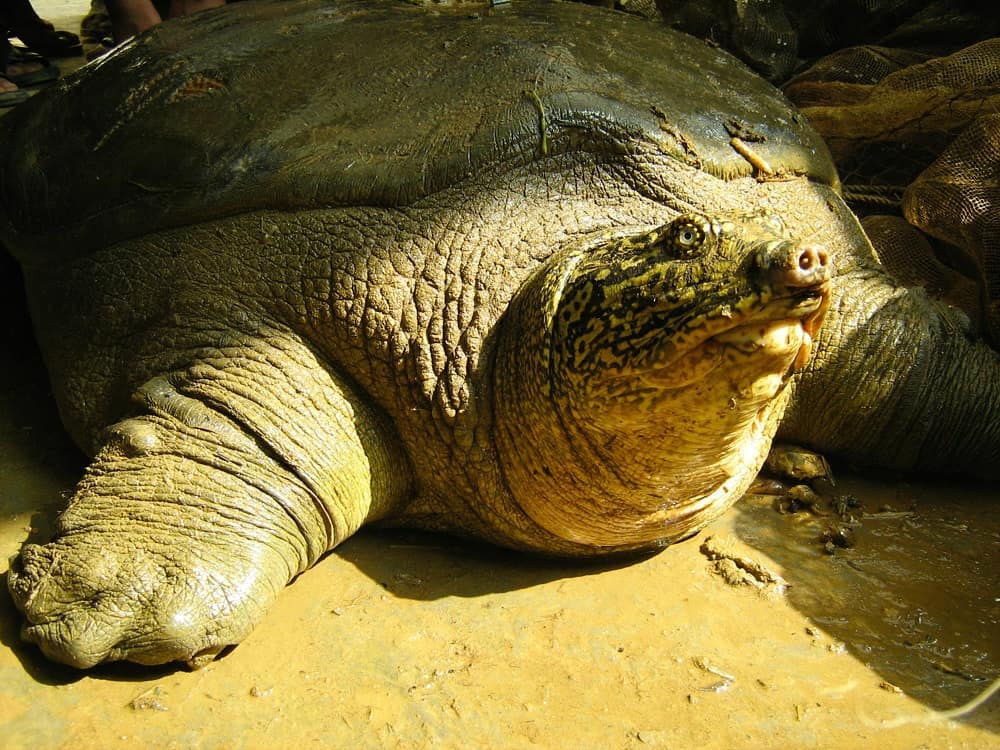

Experts had almost abandoned hope of conserving Swinhoe softshell turtles. Until a stunning 130kg female was spotted in Dong Mo Lake, Vietnam. Also known as ‘Yangtze giant softshell turtle’ or ‘Hoan Kiem turtle’, conservationists are striving to find her a mate to keep this species alive. There is one known male living in China’s Suzhou Zoo; and the search is ongoing to haul this majestic turtle species back from the brink of extinction. The future is looking solid.
‘Extinct’ Australian rodent rears its head
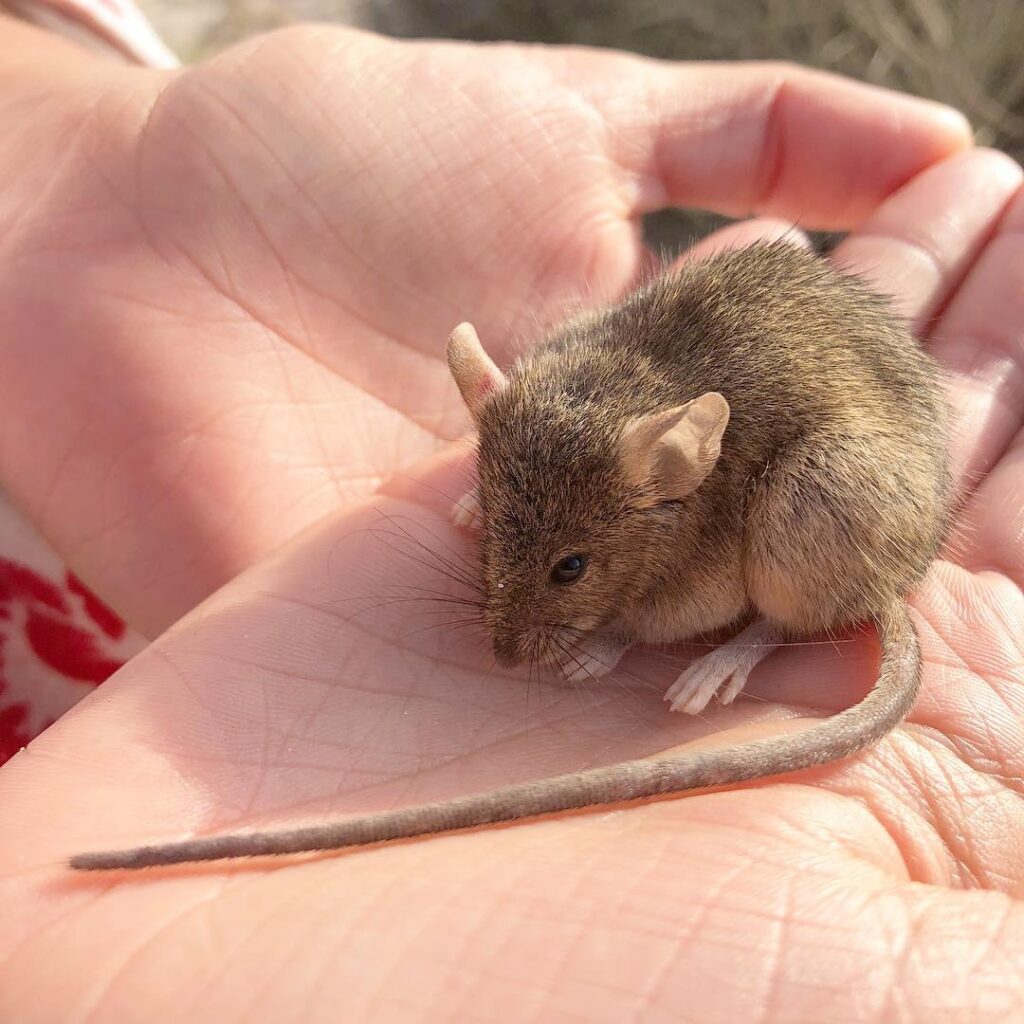

The Australian Gould’s Field Mouse had been extinct since 1857 when European settlers arrived. Or so experts thought! Remarkably, genetic analysis revealed it lives on today under a different name – the ‘djoongari’ or ‘Shark Bay Mouse’ (found on three islands in Western Australia’s Shark Bay). Dr Roberto Portela Miguez (Senior Curator of Mammals at the Museum) tells us ‘There are only a few specimens of the Gould’s field mouse kept in museums and it’s fantastic that we can get meaningful genetic information from them given they are so old.’
GET INSPIRED BY: Australian Outback Adventure
‘Critically Endangered’ fish found in Turkey
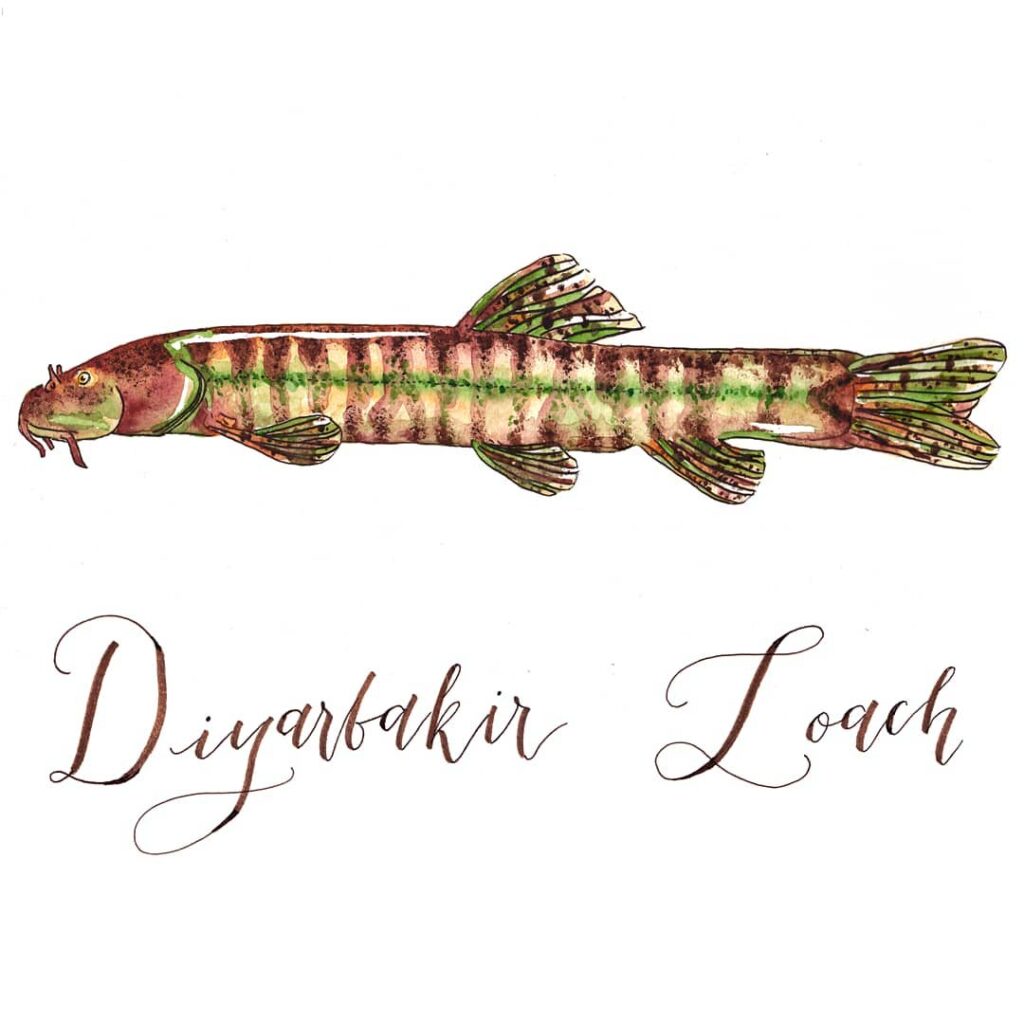

2021 saw a sensational fish discovery. There had been no sign of ‘Critically Endangered’ Diyarbakir Loach fish for over 50 years. When it suddenly it appeared in the Batman River Dam in Southeastern Turkey. It’s believed the dam construction in 1986 sliced their habitat in two, making it difficult for them to thrive. Today its population is unknown – with experts upping their search for more endangered fish species in freshwaters and inland wetlands in Turkey.
RELATED CONTENT: Introducing our 5 year strategy for How We Tread Right
Wildlife conservation win! Nations pledge to end deforestation by 2030
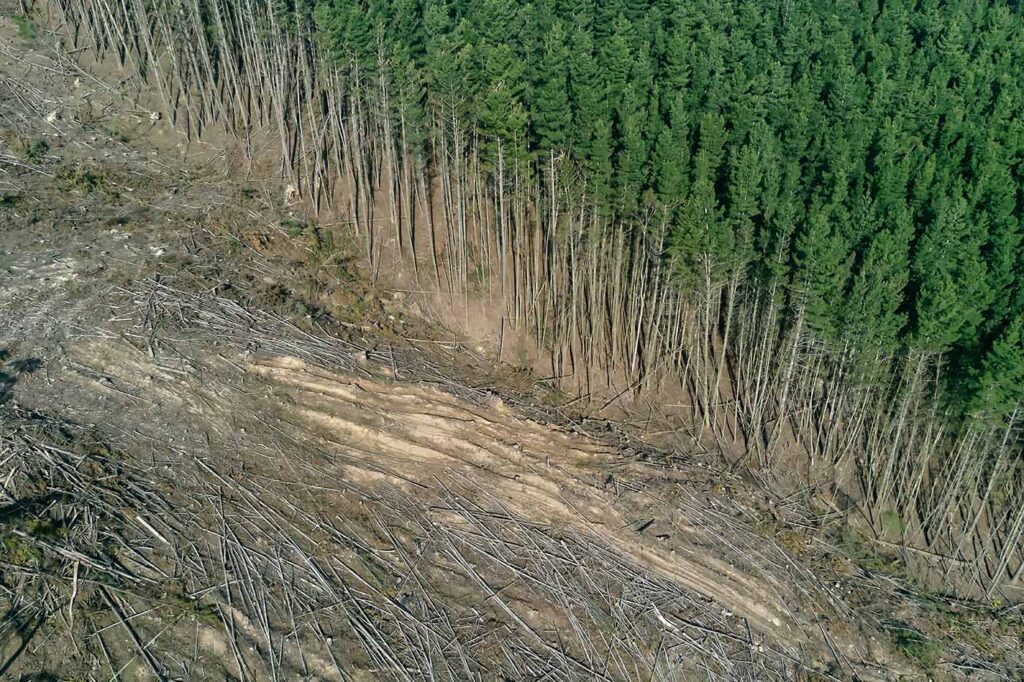

One of the most positive wildlife conservation initiatives in recent times. During 2021’s UN climate change conference (COP26), 141 countries (representing over 85% of the world’s forests) pledged to combine efforts to ‘Conserve forests and other terrestrial ecosystems and accelerate their restoration’ by 2030. This marks a big wildlife win. Forest and land use finally is getting the spotlight it deserves. With a signed pledge to show for it.
RELATED CONTENT: 11 sustainable destinations to visit in 2022
The great virgin bird birth
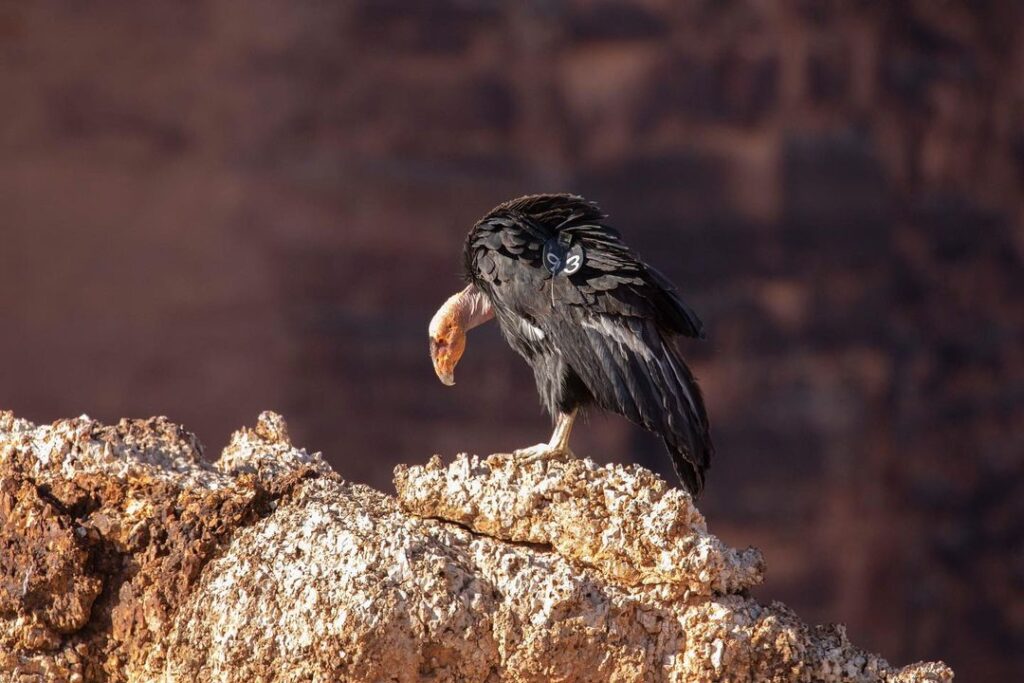

In 1987, all 22 remaining California condors (colossal scavenger birds with 9 feet wingspans) were captured and bred in an attempt to save them from extinction. There are now over 500 today. Incredibly, recent studies show that two females gave birth without breeding – (known among scientists as ‘parthenogenesis’) and non-scientists as ‘virgin birth’. Odd cases of asexual reproduction in sexually reproducing species happens cells in a female’s egg behave like sperm and fuse with the egg. Oliver Ryder, director of conservation genetics at the San Diego Zoo Wildlife Alliance, says: ‘Why did this happen? We just don’t know… Will it happen again? I rather believe so.” And we love the mystery!
Largest ever rhinos translocation
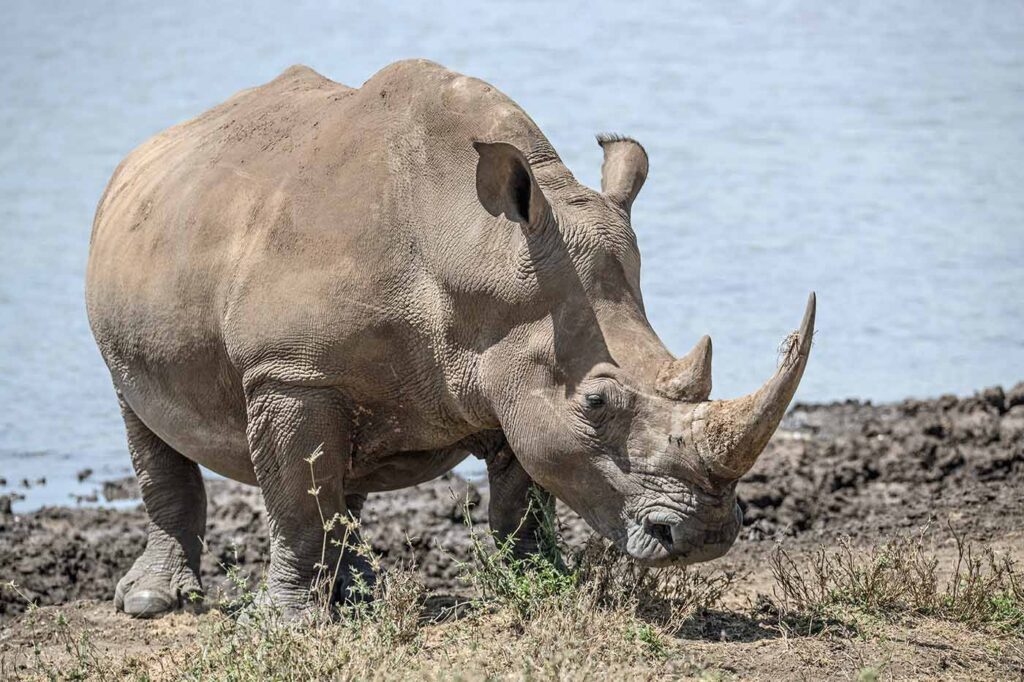

30 white rhinos were moved from Beyond Phinda Private Game Reserve (South Africa) to Akagera National Park (Rwanda) to create a ‘breeding stronghold’ and help spread the white rhino species north. Constantly threatened by poachers, this translocation effort between the Rwanda Development Board (RDB), African Parks and andBeyond comes as a ‘timely for the conservation of these incredibly threatened species’ says Ariella Kageruka, RDB Acting Chief Tourism Officer.
GET INSPIRED BY: Discover the Essence of South Africa
Wildcats thriving in the Netherlands
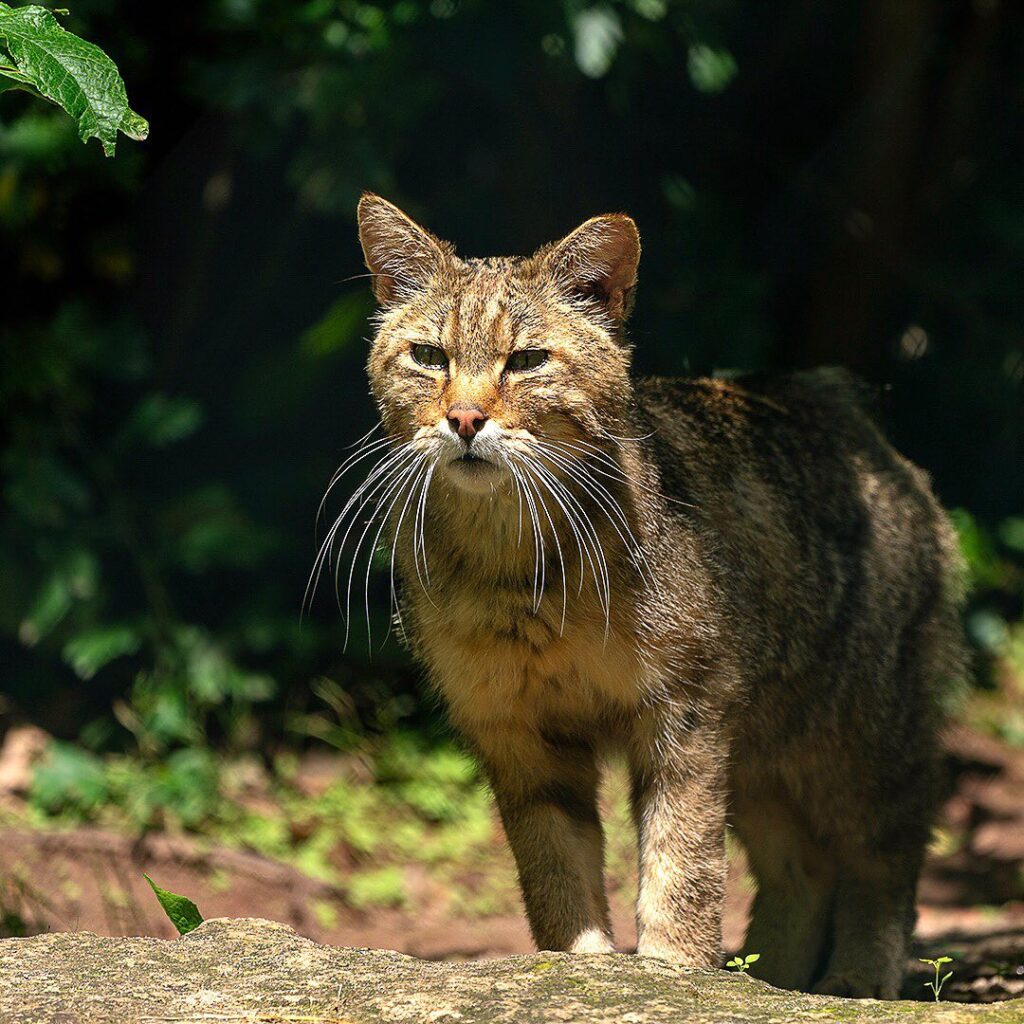

Wildcat populations are now roaming the forests of southern Netherlands after centuries away. These striking, black-ringed tailed wildcats settled here from Germany’s Eifel mountains and Belgium’s Ardennes after looking for less saturated habitats. Interestingly, this movement shows the benefits of forest management that focuses on nature over wood harvesting – as the cats like to shelter in fallen trees and other cosy spaces. Although their population is small, it’s steadily increasing. And the future looks bright. AKR Group biologist Hettie Mertens tells us ‘“The ecosystem is complete with the carnivores. They represent the wild forest and that is very important.” They’re gorgeous, too!
RELATED CONTENT: 11 sustainable destinations to visit in 2022
What is your favourite wildlife story from 2021? Tell us in the comments below!